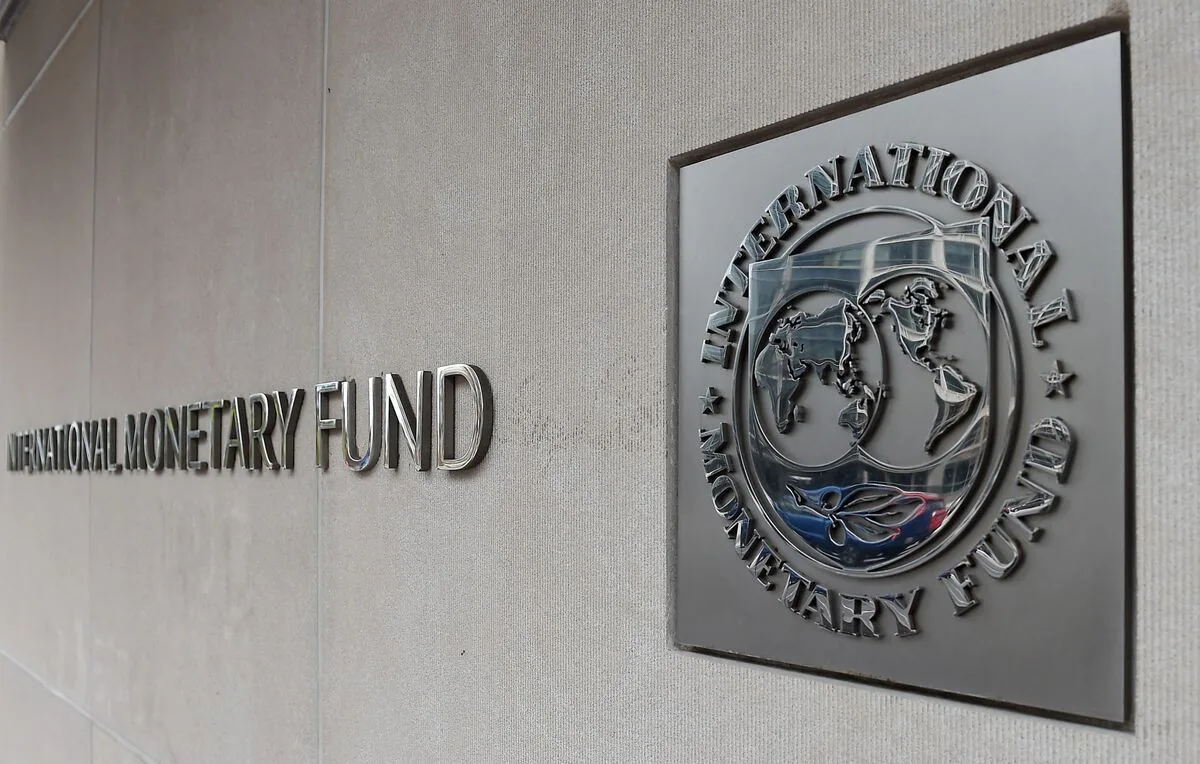The Labor Department’s Bureau of Labor Statistics reported a 0.3% rise in the CPI last month, following a 0.1% increase in November. The surge, fueled largely by rising rents, may impact the Federal Reserve’s decision-making process regarding interest rates.
Over the 12 months through December, the CPI recorded a 3.4% increase, up from 3.1% in November, surpassing economists’ expectations of a 0.2% monthly gain and a 3.2% year-on-year basis increase.
Persistently high rents have been a limiting factor in achieving lower consumer inflation, with the annual increase cooling from a peak of 9.1% in June 2022.
Excluding the volatile food and energy components, the core CPI rose 0.3% in December and advanced 3.9% on a year-on-year basis. While consumer prices remain elevated, measures tracked by the Federal Reserve for its 2% inflation target showed improvement throughout 2023.
The financial markets currently reflect a roughly 69% chance of a rate cut at the Fed’s March 19-20 policy meeting, according to CME Group’s FedWatch Tool. The Fed has raised its policy rate by 525 basis points since March 2022.
The resilient labor market, maintaining elevated wage growth, may influence the timing of a potential rate cut. Some economists anticipate a rate cut in May or June, considering the gradual easing of the labor market and consistently low layoffs.
In a separate report, initial claims for state unemployment benefits fell to 202,000 for the week ending Jan. 6, indicating the labor market’s resilience. Continuing claims, a proxy for hiring, dropped to 1.834 million during the week ending Dec. 30, potentially easing concerns about a recession.
The overall economic landscape, impacted by the COVID-19 pandemic, continues to shape monetary policy considerations, with ongoing labor market challenges and inflation dynamics at the forefront of the Federal Reserve’s decision-making.



